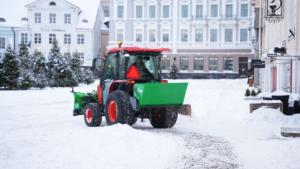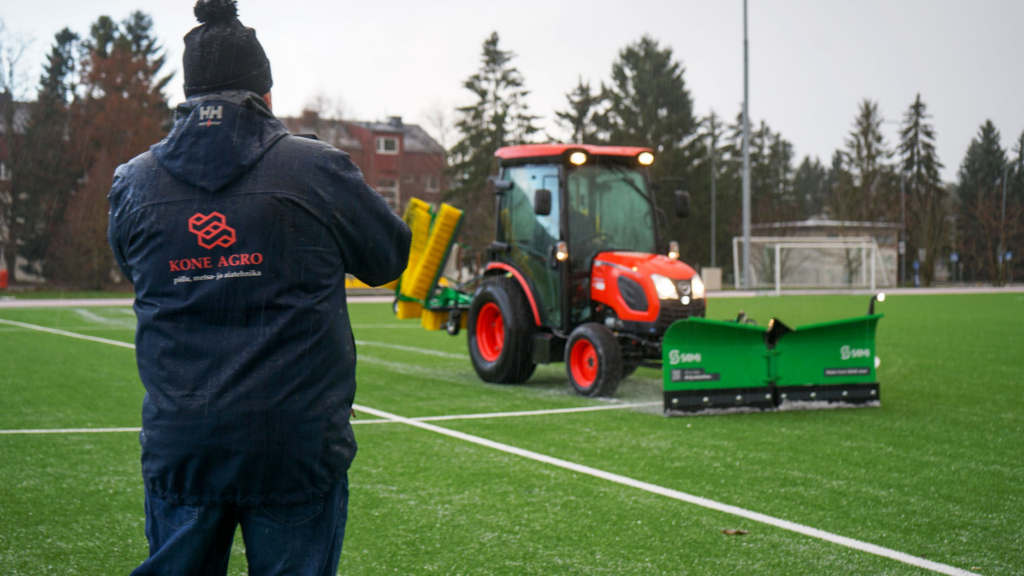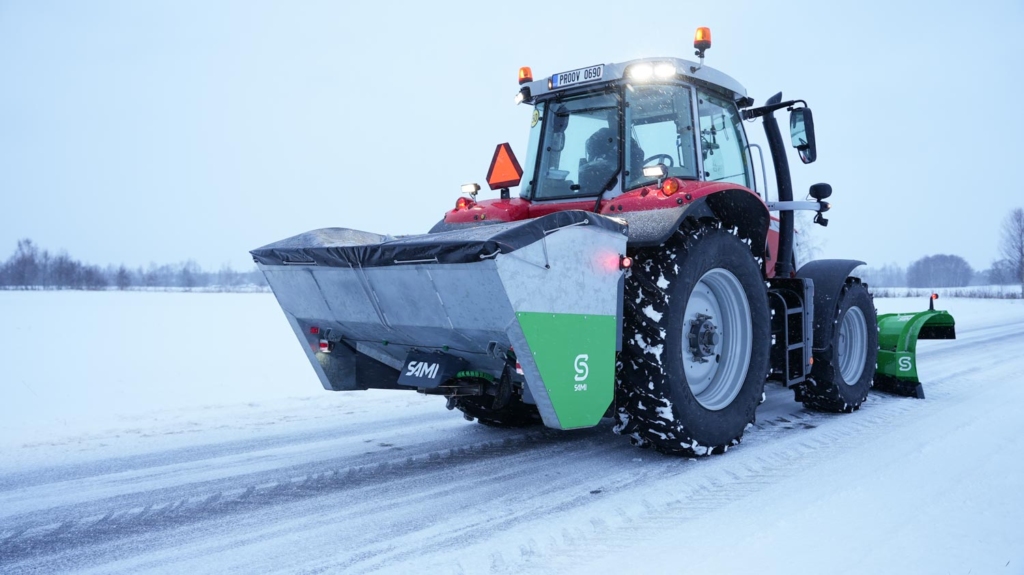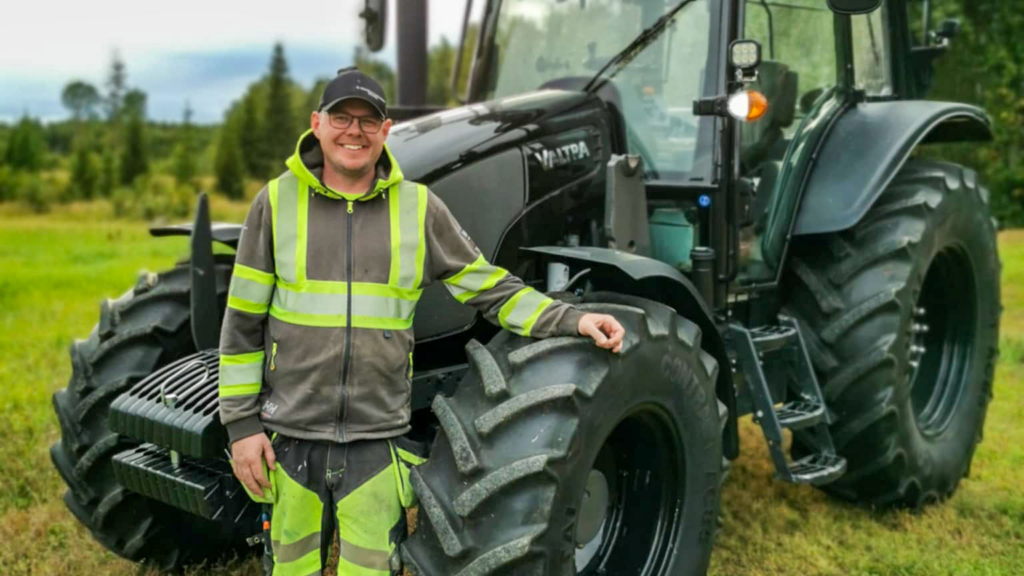Slippery pavements are not a climatic inevitability in Estonia
Every winter, we complain and moan about how impossible and dangerous it is for pedestrians to navigate in thick snow or on frozen pavements. Let’s finally solve this problem of clearing pavements next winter. The necessary cleaning equipment is available, we just need to change the law and the municipalities need to set priorities, writes Villu Valm, CEO of SAMI Machinery.

In winter, Estonian city streets are sometimes so covered in snow that they could be used for cross-country skiing. When it melts, however, they turn into uneven skating rinks or become covered with large ice bogs suitable for extreme sports. Elderly people are afraid to go outdoors for fear of breaking their hip if they fall. At the same time, city politicians are urging people to give up their cars and instead walk, cycle or use public transport to get to work. How can this be conceivable on such roads?
It doesn’t have to be that way. In Stockholm, Helsinki, Oslo, and now much of Riga.
are equally well cleared of snow in winter and have regular de-slippering. In neighbouring countries, it snows and snows just as it does in Estonian cities, and the temperature also jumps up and down in winter, from plus to freezing. Unlike us, they have well-maintained pavements and people don’t break their cones.
Municipalities clear snow in neighbouring capitals
The difference is that in the neighbouring capitals, pavement cleaning is the responsibility of the municipalities, and both pavement and road snow and de-slippage is contracted centrally. However, the Estonian Building Code still obliges owners of land adjacent to pavements in towns and villages to carry out this work. In essence, homeowners have to clean up the roads belonging to the city, and if they don’t do it carefully enough, they get fined.
If thousands of people are doing this work, under threat of fines, within the limits of their various means and time resources, it is simply not possible to ensure that roads are maintained uniformly and to a high standard. In Tallinn, for example, around a million square metres of roads are maintained by homeowners in this way. This way of working simply does not work.
Large housing associations, office building owners and businesses can buy in some cleaning services, but small apartment and house owners are forced to shovel snow off the roads themselves. They don’t have the equipment or the time to do it outside work and school.
People can’t get away from work and school to clear the roads when it’s snowing or freezing outside. Many are away from home for days at a time, at the other end of Estonia or abroad. People often fall ill in the winter and elderly homeowners may not have the strength and health to do the work. This is why our pavements are sometimes difficult to negotiate.
Particularly in the area of private houses, we can also see a situation in which the footpaths and driveways, which have been cleared by the homeowners in the morning, are pushed back into the snow during the day by a snowplough clearing the driveways. However, when it thaws during the day and freezes in the evening, this snow turns into an iceberg, from which
Particularly in the area of private houses, we can also see a situation in which the footpaths and driveways, which have been cleared by the homeowners in the morning, are pushed back into the snow during the day by a snowplough clearing the driveways. However, when it is melting during the day and freezing in the evening, the snow becomes an iceberg that cannot be overcome by human power. However, the municipal police will still fine you for not clearing it.
There is equipment to clear the pavements
Even though our pavements are swept by packer robots, we still clean our footpaths with shovels, axes and iron bars as if we were living in the 18th century. But the modern equipment is there, including small robots with saws and crawlers. However, the latter is still a technology of the future and for the moment, small loaders, tractors and even ATVs equipped with the right size shovels and granite or sand blowers for de-slippery pavements are perfectly capable of clearing snow.
Of course, homeowners would find it prohibitively expensive to buy such equipment. Municipalities could afford them, but it makes much more sense to outsource snow and ice removal from pavements to a road maintenance company. In the same way that road maintenance is currently contracted out, pavement maintenance could be contracted out in the future.
However, this would first require an amendment to the Building Code to make snow and slush removal on pavements the responsibility of the local authority. Municipalities, of course, complain that they do not have the money. But this is more a question of setting priorities. If the city authorities are already committed to attracting/encouraging people to use public transport, bicycles and walking instead of private vehicles, then the conditions for citizens to do so must be created.
For example, the Tallinn municipality has previously claimed that centralised snow clearing of pavements would cost around €20 million. The capital’s budget for this year is €1.26 billion. It is certainly possible to reallocate this amount according to the city’s priorities.
As a next step, it would then be possible to discuss how to modernise the Road Condition Ordinance to bring winter maintenance standards for pavements up to Nordic standards.


